Felt is one of the oldest textiles, created by matting dense fibres into a resilient and flexible material. It’s a simple but storied fabric, and the story here involves luck, success, a bank robbery, a fatal flaw, a beloved legacy, a Lotus, and a famous frog.
Sometimes, as that frog sang, it’s not easy being green. And sometimes, it all works out.
Born in Mississippi in 1936, Jim Henson would find his calling early, then become one of history’s most beloved entertainers. His masterpiece, the puppet-driven Sesame Street, is now in its 54th year, but Henson didn’t want to be a kids’ puppeteer. He grew up watching variety shows, and that’s what he wanted to make. That felt legacy almost didn’t happen.
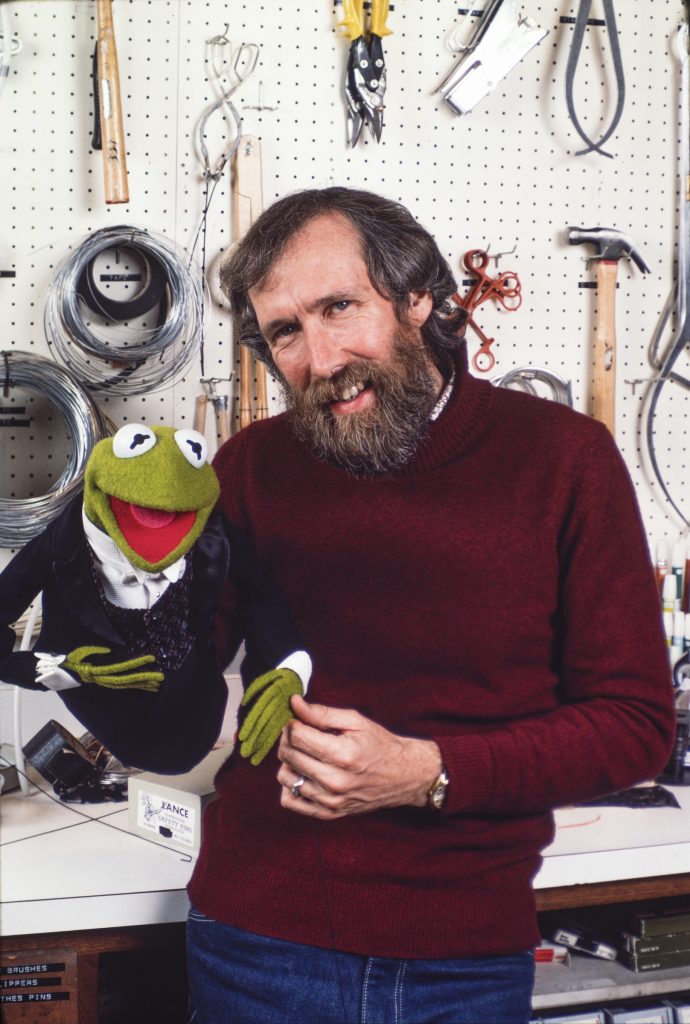
As a kid watching television in the years immediately after World War II, Henson would have been exposed to what was basically broadcast vaudeville. Shows with a broad mix of acts, from music and comedy to magic, broad and corny jokes, a big hooked cane to drag a bombing act off the stage – that sort of thing. Henson loved it. His first effort for TV came during his college years, with a sketch-comedy show called Sam and Friends. As an arts major at the University of Maryland, near Baltimore on America’s east coast, Henson built puppets from various materials, eventually landing on a combination of felt and foam rubber for its creative flexibility.
At a time when most puppets offered relatively rigid limbs and wooden frames, Henson’s early creations could mimic human expression in organic and surprising ways. The name he gave them – Muppet – became both brand and catch-all, like Kleenex. Those early faces and the emotions they showed would be immediately familiar for anyone who remembers Kermit the Frog staring down the barrel of a camera and looking worried.
A sort of prototype Kermit was developed for Sam and Friends, then further evolved when Henson moved into producing commercials. By that point, he was a legitimate success, no longer an art-school kid trying things out. Sam and Friends made him so wealthy, he showed up to his college graduation in a Rolls-Royce Silver Cloud. Thus began a long and surprisingly showy car history for someone whose life’s work kept him hidden from view. In later years, Henson owned a Porsche Speedster and a Jaguar XJ6. But it was a green Lotus that everyone would remember.
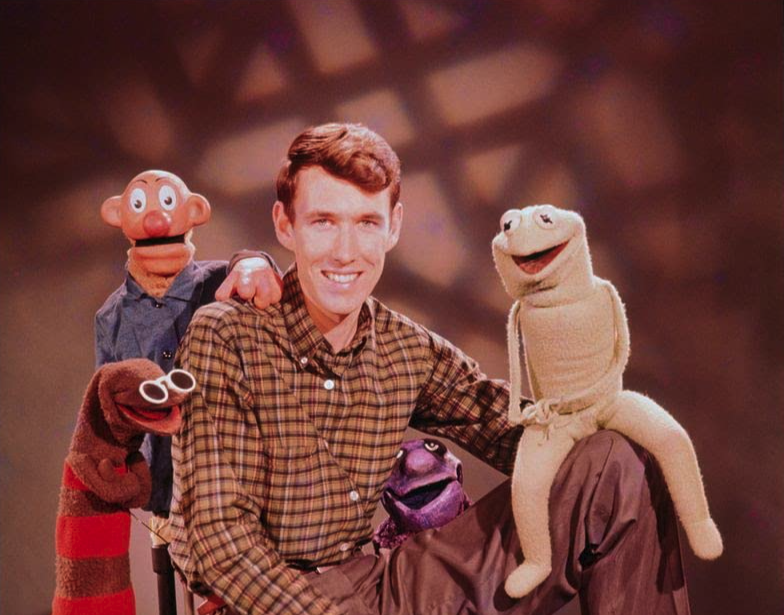
We’ll get to that in a moment. For now, picture the soft-spoken and persistent Henson, newly married to his college sweetheart. If you grew up with Sesame Street, you probably see Henson as a gentle sort, the kind of man you’d expect behind kindly characters like Big Bird. Along with men like Frank Oz and Carroll Spinney, however, Henson created a whole cast of puppet characters across a spectrum of personalities – gentle and kind but also quirky, loud, and grouchy.
Henson was a complex man, and Sesame Street showed only part of his personality. During his advertising phase, he had created spots with more gallows humour and slapstick. Scratching that itch with the Muppets meant finding them a wider and older audience, and that wasn’t easy. Producer Lorne Michaels gave the Muppets a shot on the first season of Saturday Night Live, in 1975, but the pressure-cooker of a live weekly sketch-comedy blend wasn’t the right fit. On top of that, the show’s writers didn’t want to write for what they saw as children’s puppets.
Two pilot episodes of The Muppet Show, Henson’s longed-for variety program, failed to take off with American executives, the first in 1974 and another in ’75. However, across the Atlantic, an eccentric dancing British Lord offered a lifeline.
The Right Honorable Lord Grade, born plain old Lev Winogradsky, was the son of a Ukrainian Jewish family that had fled early 20th-century pogroms to settle in London’s East End. A skilled professional dancer, he parlayed his show-business knowledge into talent management, making it big when the popularity of television exploded.
The Muppet Show wasn’t Grade’s first puppet-based gamble. He had taken the marionettes of Thunderbirds to stardom, approving for the show a budget much larger than usual, then giving it a then-unheard-of hour-long time slot. Lord Grade saw the same potential in the Muppets and set an on-air date of September 1976. With production moving to the UK as part of the deal, Henson found himself in need of transport around London.
By the late ’70s, The Muppet Show was an international success, and the delighted Lord Grade presented his famous American puppeteer with a proper British sports car. In green, of course.
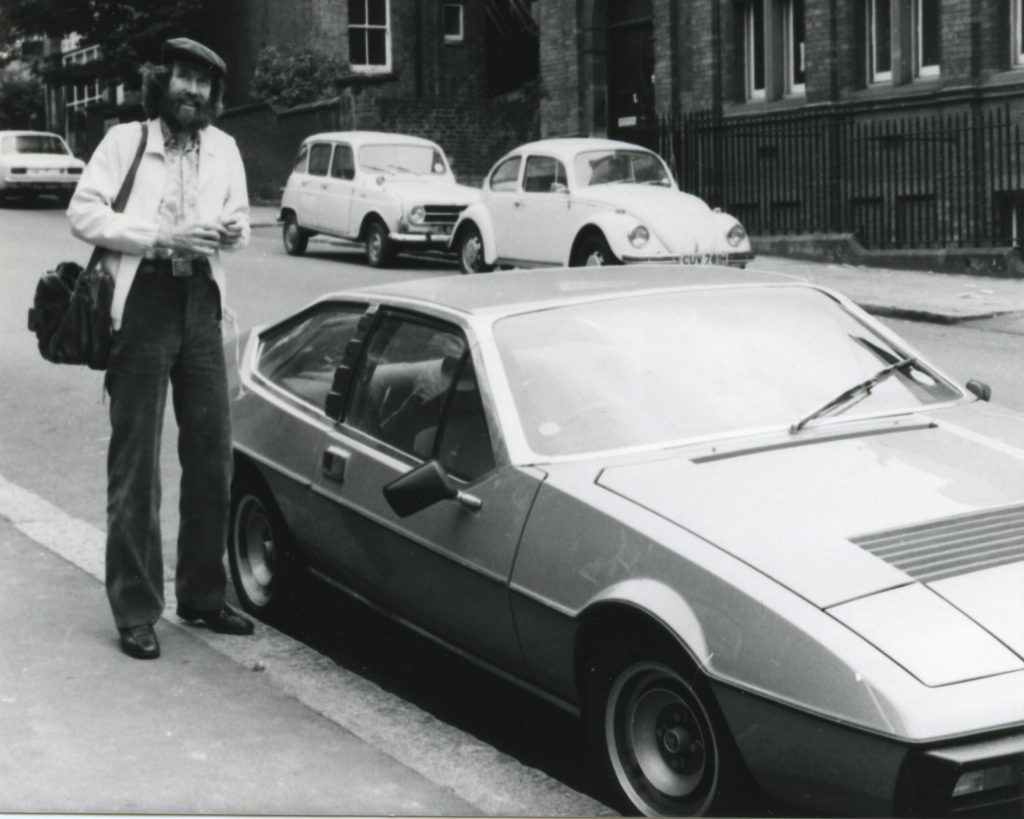
It was a 1978 Lotus Eclat, a car rarely seen these days. Just as Henson had sought a broader audience to avoid being pigeonholed as a children’s entertainer, Lotus in the mid-’70s was trying to expand its reputation. The legendary Seven and Elan were beloved by enthusiasts, but they were tiny and impractical, with a bit of kit-car flavour. The marque’s solution was the Type 75 Elite, a two-plus-two fastback that replaced the four-seat Elan 2+2 variant while offering more room and practicality. The early Eclat, technically the Type 76, looked similar but had a sleeker body and a real boot. There was less rear headroom but more luggage space, which suited Henson’s needs.
Powered by a 2.0-litre, 160bhp four-cylinder engine designed and made by Lotus, and weighing little more than a tonne the Eclat was a brisk performer. By the 1970s standards of the British car industry, it was essentially an exotic, if one with four cylinders.
Henson’s example was the same shade of green as that famous frog. He doubled down on the amphibian resemblance by fitting a set of Kermit-like “eyes” to the pop-up headlights. What’s more, his Éclat was involved in a bit of skulduggery. Details vary depending who you ask. According to Spinney, the Lotus was stolen and used in a bank robbery on the day that Henson was supposed to pick it up, then later recovered. According to the archivist at the Jim Henson Company, the theft occurred later, and the car was never found. Either way, the details are lost to history.
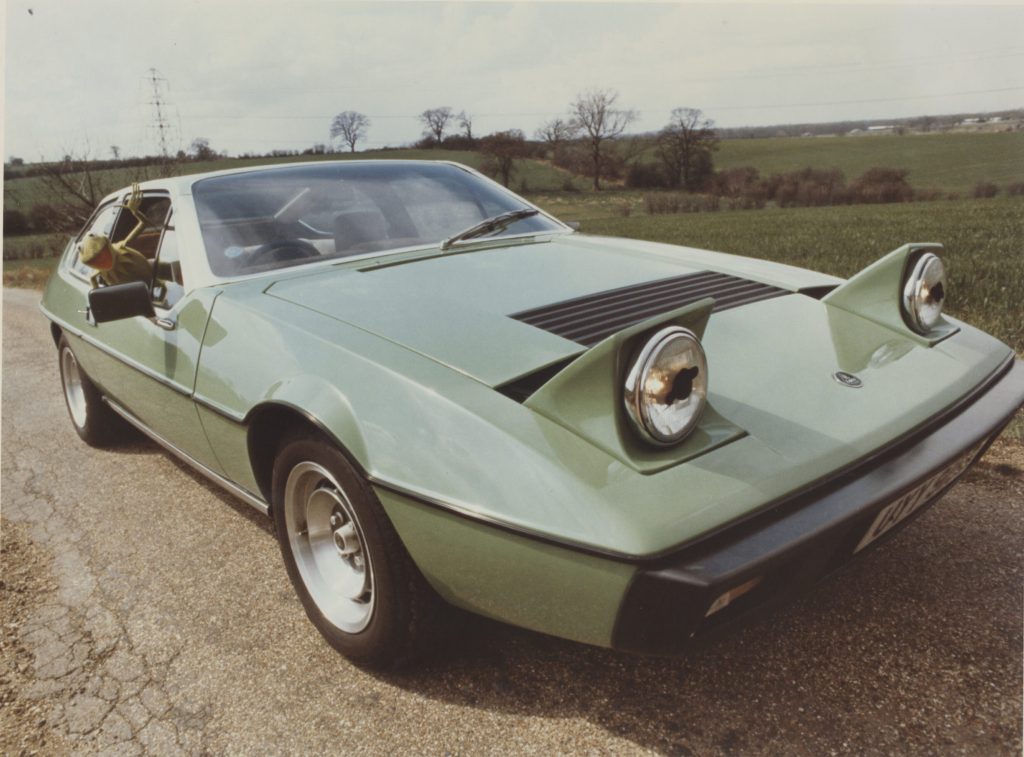
In all likelihood, so is the car. To cut down on vibrations entering the cabin, Lotus attempted to give the model an added dose of insulation; the Eclat needed to be seen as luxurious, and that meant no buzzing seats. A strip of felt was inserted between the mild steel crossmember and the body. Felt makes for great puppets, but in damp climates, it can trap water. Climates, like, say, that of Britain.
Later cars had a fix, but should rust seep into a 1978 Eclat like Henson’s, then the car would, as the unofficial Lotus motto goes, “add lightness” to disastrous effect. Even if it hadn’t been stolen, the frame of that Kermit Lotus would by now likely be only a pile of rust.
Henson died quite young, just 53, succumbing quickly to a shockingly aggressive bacterial infection that produced severe pneumonia. At his public church service, per his wishes, no one wore black. Spinney, dressed as Big Bird, sang “It’s Not Easy Being Green.”
Fifty-three years is far too short a tenure for someone who gave us everything from Sesame Street to Fraggle Rock to Muppet Treasure Island. In that brief time, however, Jim Henson created wonderful worlds in felt. And he likely had a good amount of fun at the wheel of a short-lived but special little car.
This article was originally published on Hagerty US.
Check out the Hagerty Media homepage for daily news, features, interviews and buying guides, or better still, bookmark it.

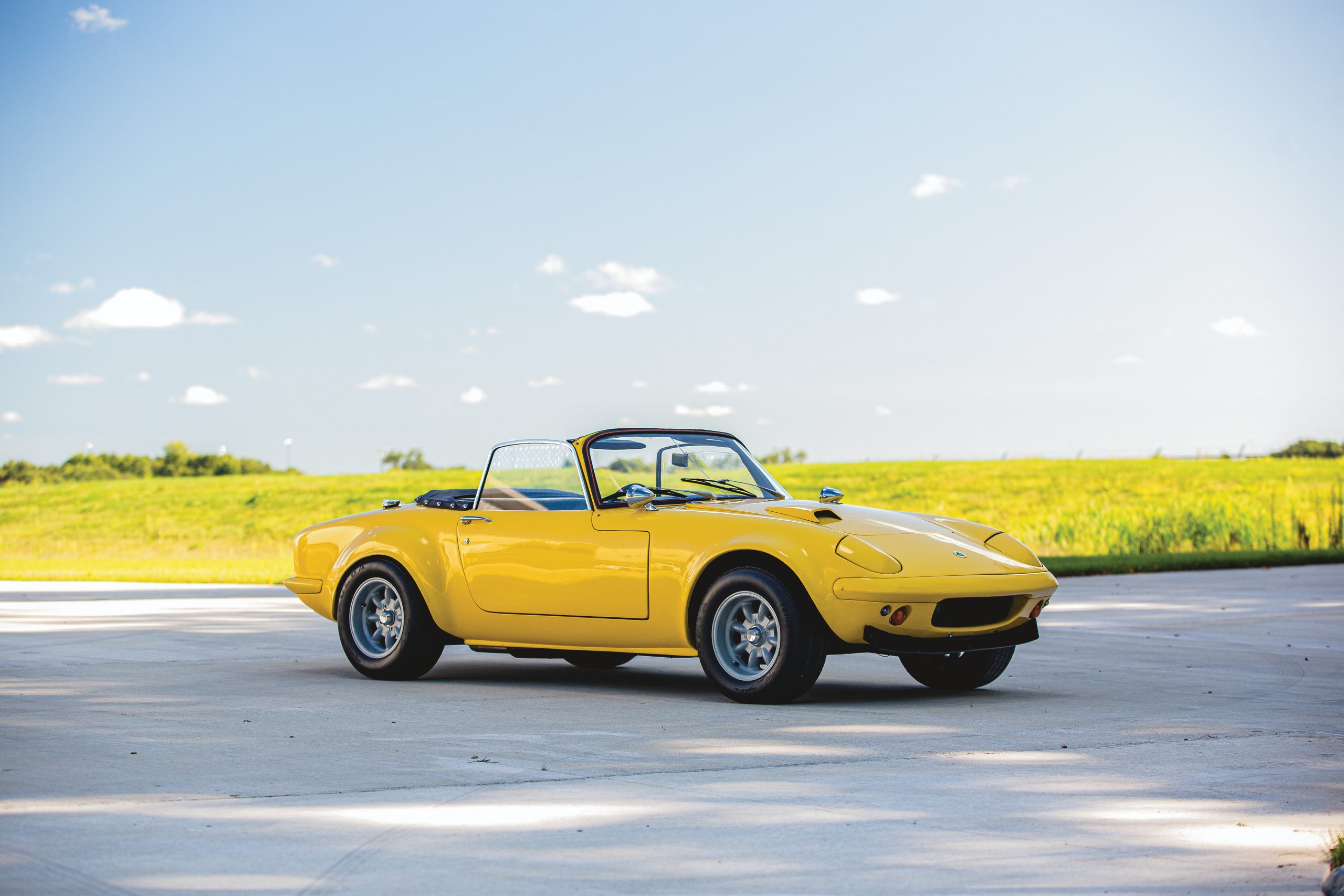



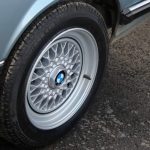



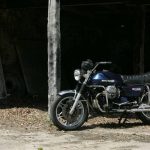
Really good story about Jim Henson and the green Lotus . Passed far too young at 53
I recall the Muppet Shows and the Lotus Eclat car. One no longer sees Eclats nowadays. I also recall seeing pictures of Jim Henson. Indeed 53 is too young to die but his creations are full of memories.